|
Engaging Learners in Reading Wonders using Arts Integration by Nancy Peel JSD Elementary Instructional Coach So, what is “Tableau” anyway? Tableau is short for the French term, “tableau vivant”, which means, “living picture”. It is a theatre technique that shows a “snapshot”, or a frozen moment in time. The Story: It was a dark and stormy night in February. A small group of intrepid JSD teachers, administrators, community members and fearless school board members got together to CREATE tableaus. Not the usual activity when these folks get together, but worth exploring and adding to our practice! Deborah Brzoska, a teaching artist associated with the Kennedy Center guided us through a “close reading” lesson from a 5th grade unit in Reading Wonders. After the first brief reading for general understanding, she showed us how to take the plunge and bring the text to life with our bodies! We were divided into five groups, each being given a short section of text about Rock Formations from the book. Our task was to cooperatively re-read the text section we were given and to use our “actor’s tools” (body, facial expression, imagination) to illustrate the rock formation process described. After a short period of time to prepare, we were charged with “performing” our tableau for the other groups to see. Our task was to create a tableau that clearly showed the process we were reading about. As is often the case, when we are introduced to a new idea that is outside our comfort zone, there is trepidation and subtle resistance. However, Deb demonstrated enthusiasm and support as she guided us through the process of using tableau as a way to help students practice newly learned comprehension strategies and develop understanding of complex text. Why Use Tableau? Is using teaching strategies that include integration of the arts good for students? Is it “good practice”? The answer is, “yes!” and here’s why: The lesson Deb walked us through employed no less than six observable elements from Domain 1 of the Marzano framework:
The intentional use of all of these elements is “good practice”. In other words, it’s just plain good teaching and research repeatedly shows us the same results. So, is tableau worth trifling with? Absolutely! It is an engaging strategy that can help students access critical content effectively and joyfully. It is not something we are adding to what we do during the day. It is ANOTHER (very effective) WAY to do what we are already doing.
0 Comments
Leave a Reply. |
ArtStoriesA collection of JSD teachers' arts integration classroom experiences Categories
All
|
|
|
Artful Teaching is a collaborative project of the Juneau School District, University of Alaska Southeast, and the Juneau Arts and Humanities Council.
|
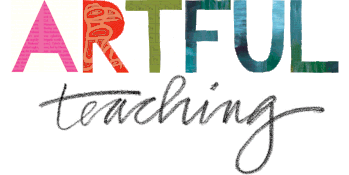
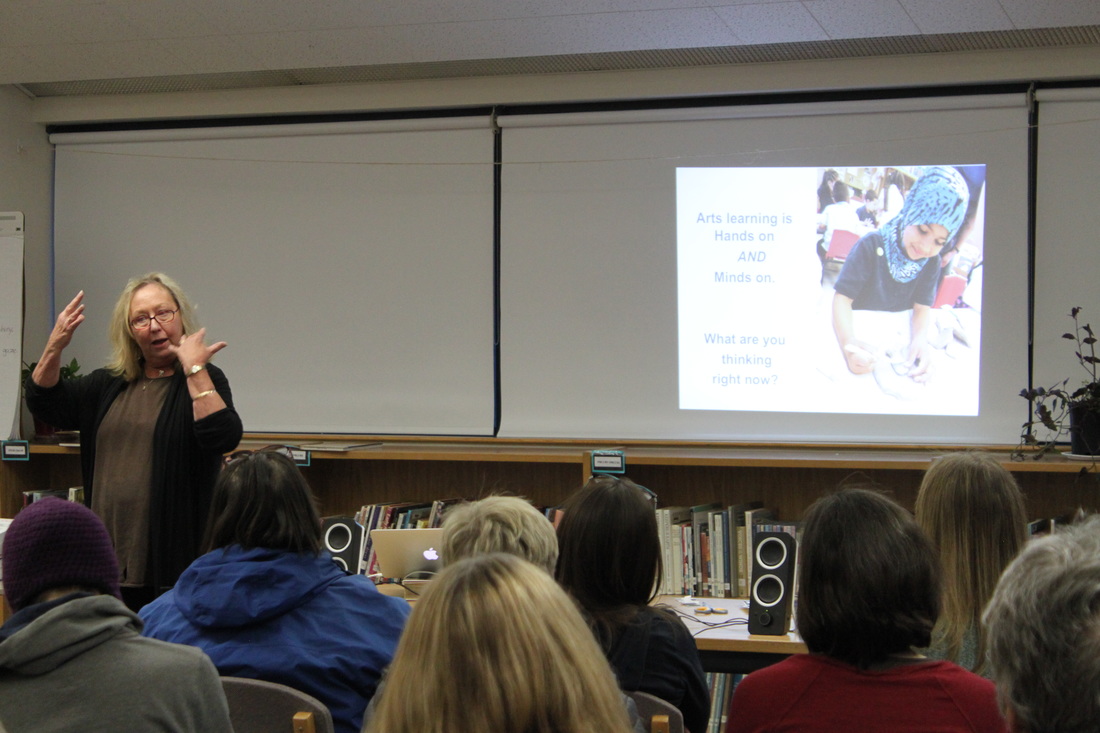
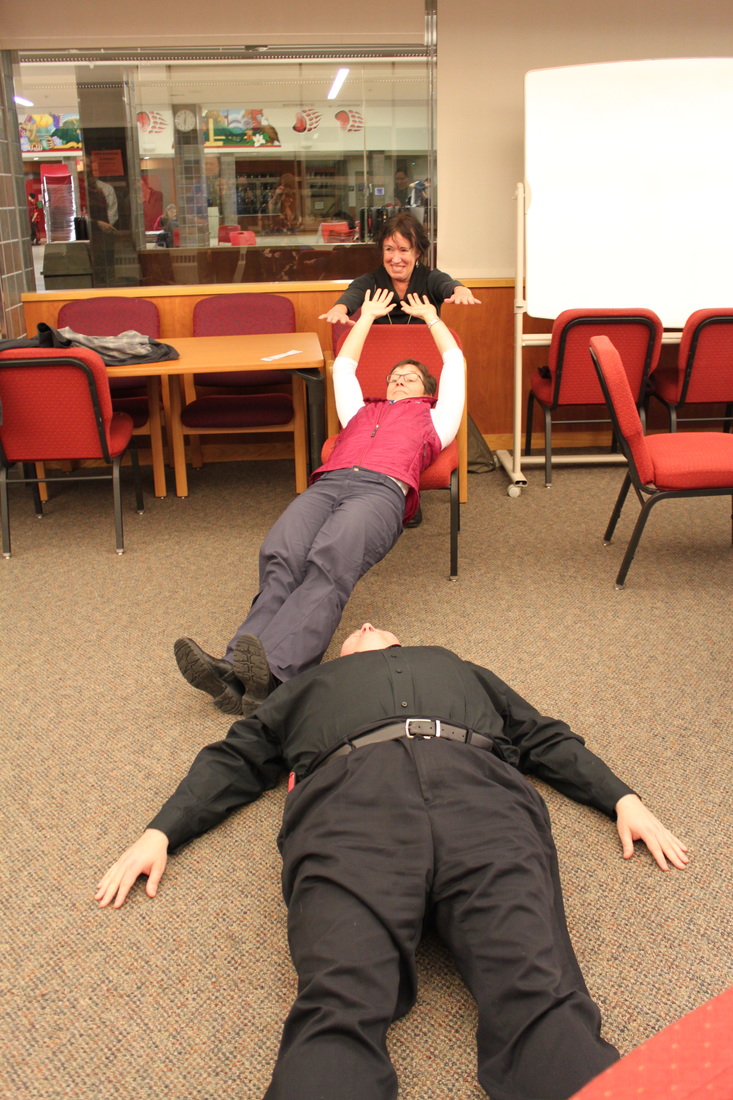
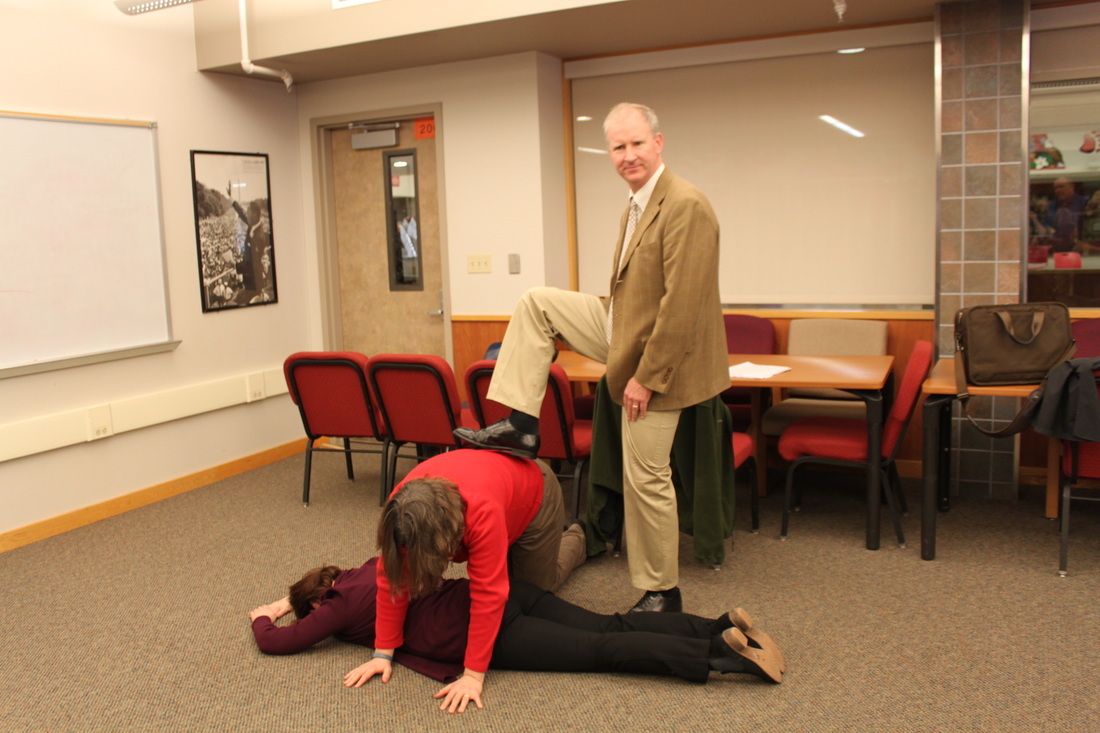
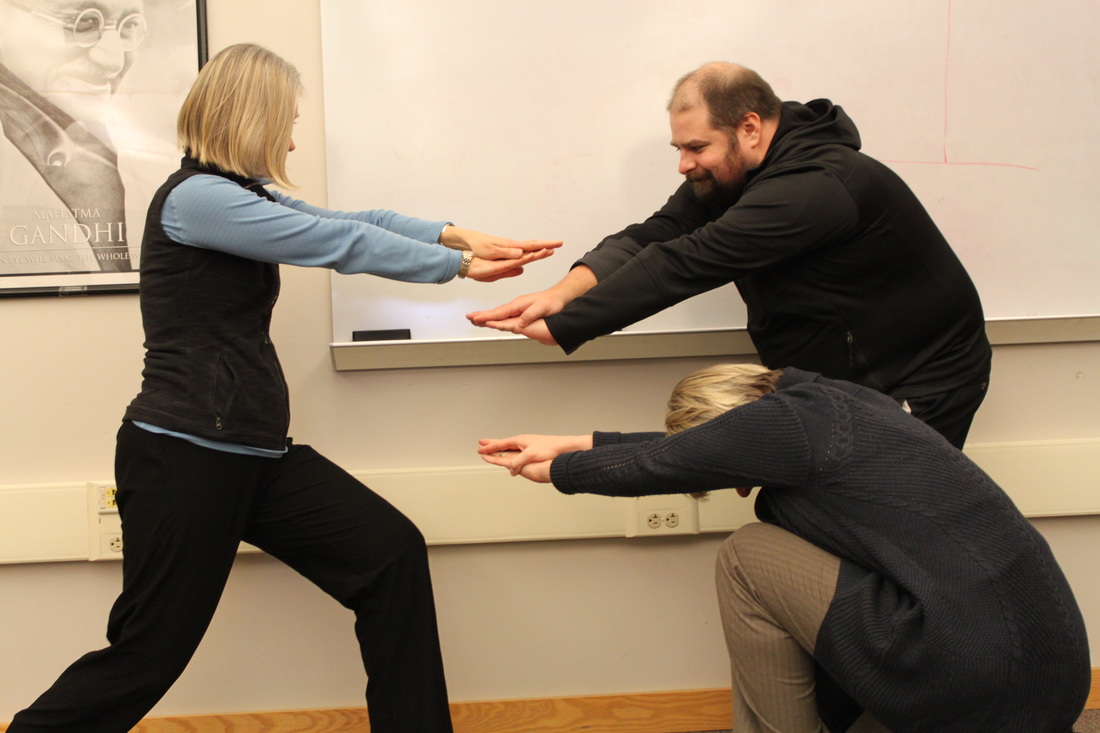
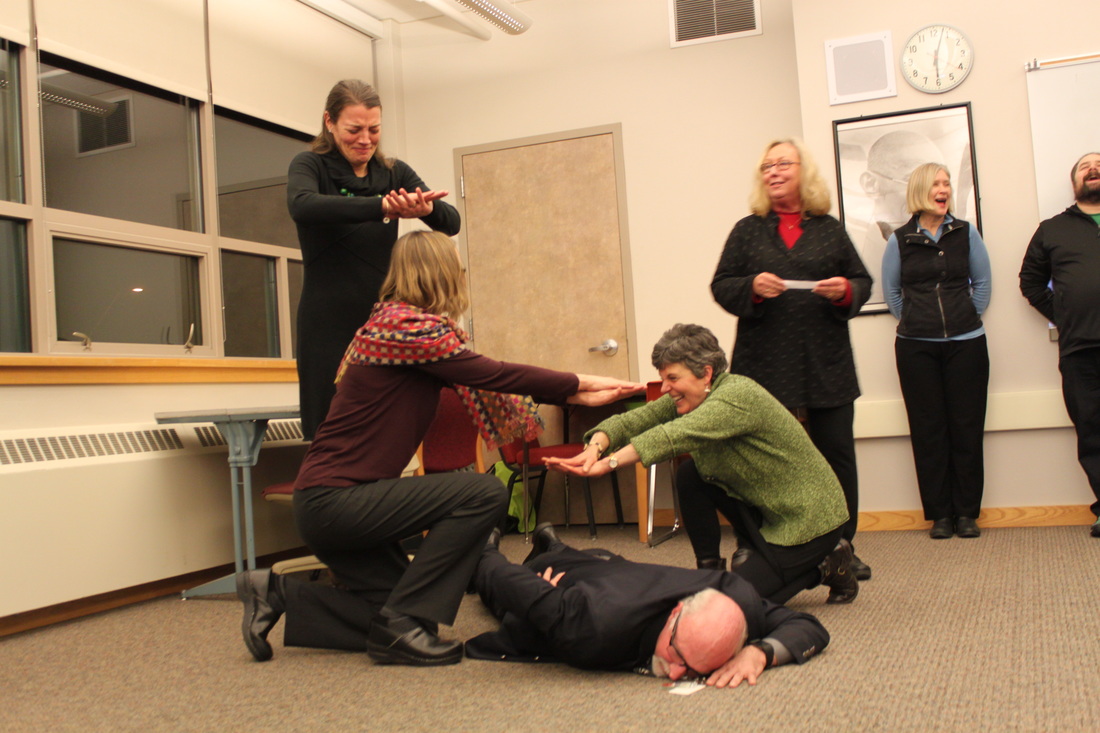
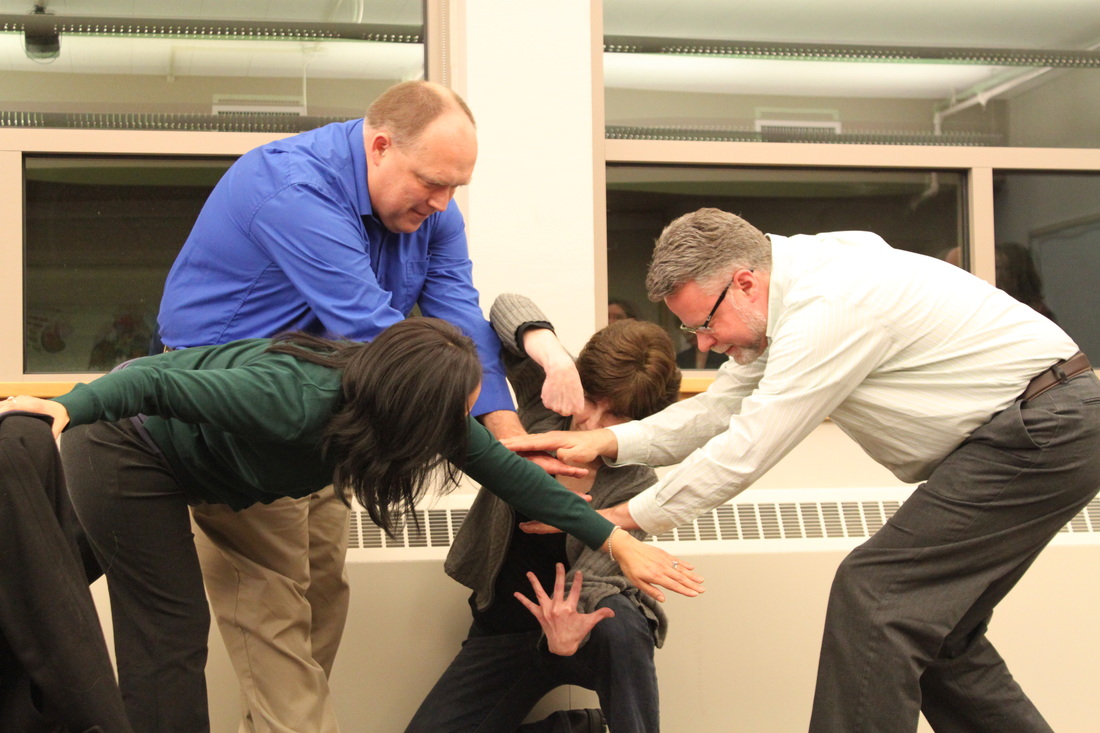
 RSS Feed
RSS Feed